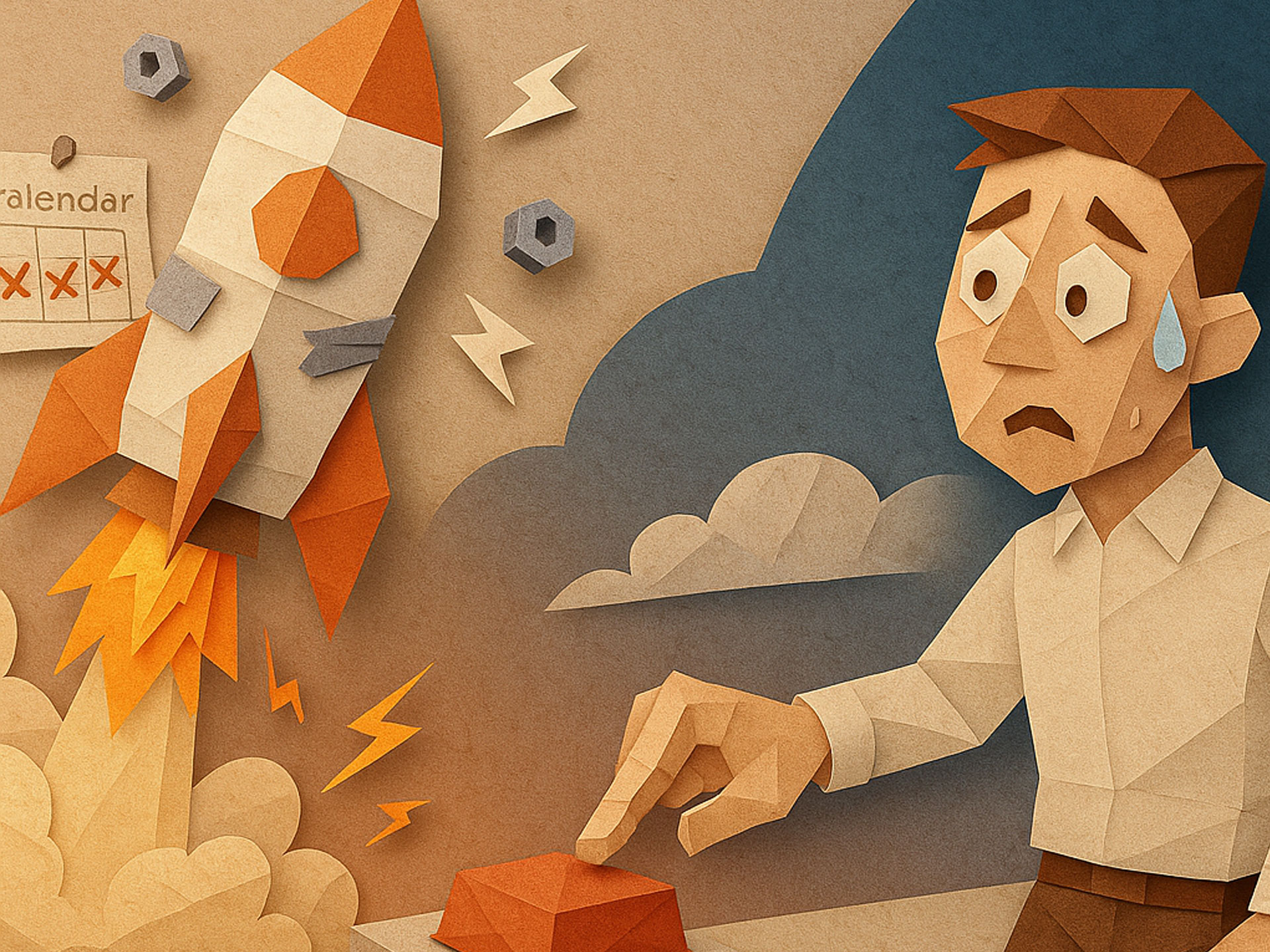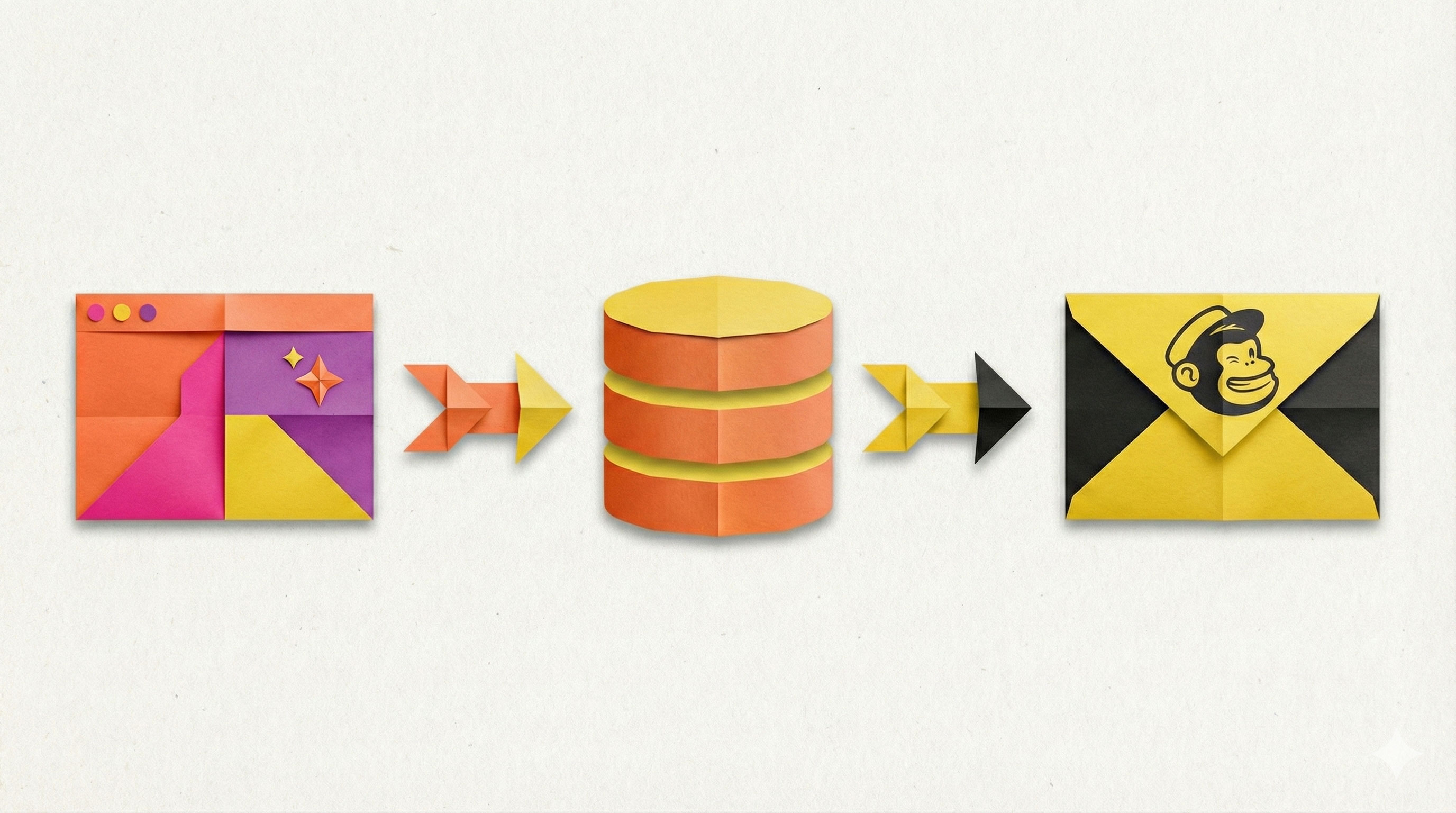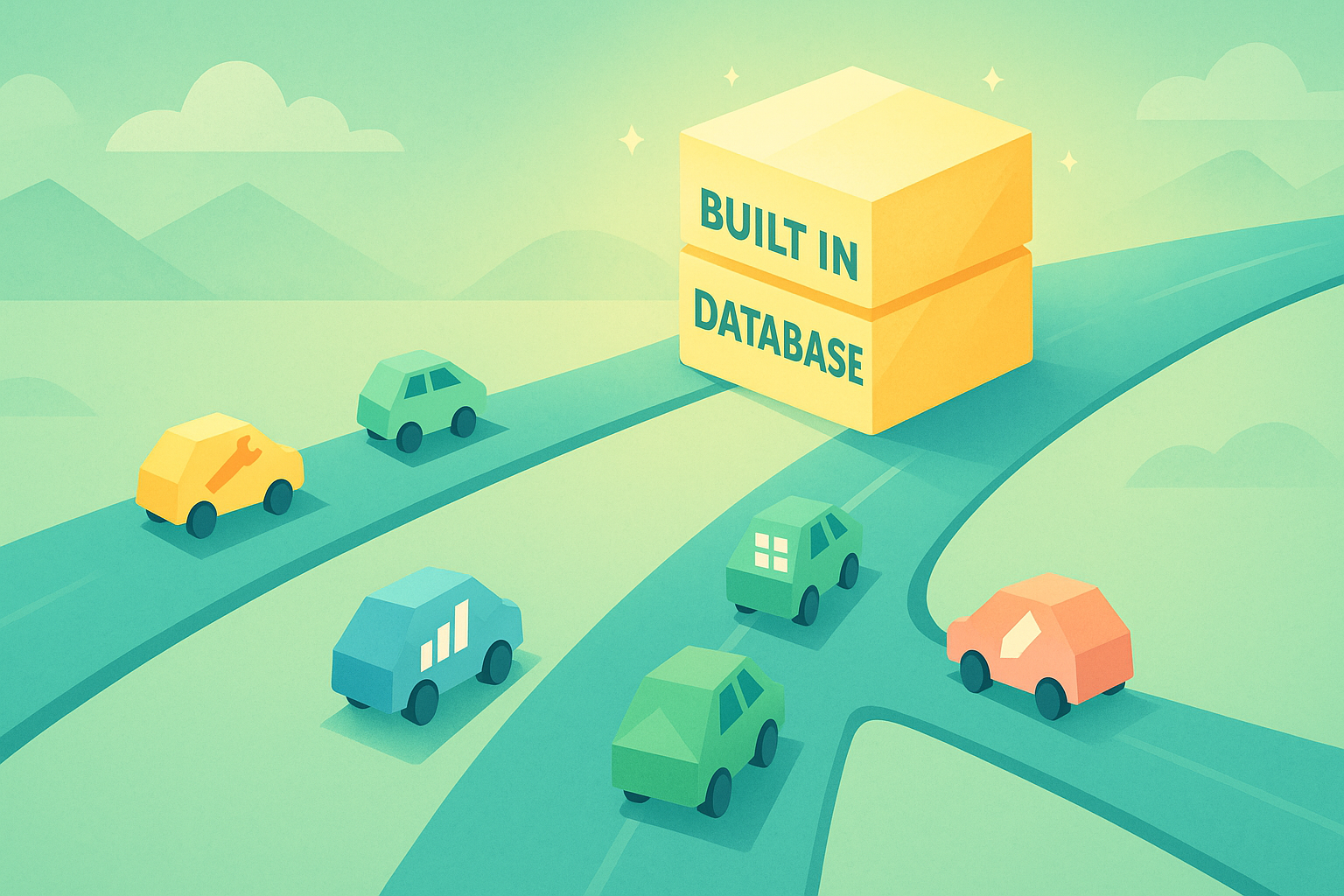What Starting a Company Really Feels Like
You know that feeling when you confidently hit “send email”… then instantly realise you forgot the attachment? That’s what starting a company feels like. You are bound to stumble across an oops moment down the journey. Especially the first time round!
Now, don’t get me wrong. Starting something like a micro SaaS or a regular goods business from scratch is probably the most exhilarating, terrifying yet satisfying kind of experience out there.
But if I could hop in a time machine, tap my past self on the shoulder and whisper a few hard-won tips, here’s what I’d actually tell myself.
1. Validate First. No, Like… Actually Validate.
In the beginning, I was building for myself, not for the people I thought I was serving. Big mistake. These days, I’d start with a simple question:
“Is this something anyone actually wants?”
You don’t need a developer to figure that out. You just need conversations.
- Ask potential users.
- Show them the pain point.
- Listen more than you talk.
And then, instead of promising a future app or tool with words, **show them**.
Spin up a prototype using a no-code builder like JDoodle.ai. It’s fast, scrappy, and doesn’t require a single line of code. You can mock up a full flow, share it with potential users, and let them click around like it’s real.
Because if they don’t get it in prototype form, they won’t get it when it’s live.
2. Build It Yourself (Even If You’re “Not Technical”)
Early on, I outsourced way too much. I thought not knowing how to code meant I couldn’t build. Wrong.
No code platforms exist so you can get the job done without having to learn JavaScript at 2AM.
You don’t need to “launch a SaaS”, you just need to:
- Test a product idea
- Validate a flow
- Prove a value proposition
This isn’t about perfection. It’s about momentum.
3. Done Is Better Than Perfect
I once spent three weeks designing a homepage. It had gradients, hover effects, scroll effects — and exactly zero users.
Here’s the truth:
Nobody’s grading your design.
What matters is:
- Do people understand what you’re offering?
- Are they interested enough to click a button or drop an email?
These days, I’d launch in a day.
A scrappy version using JDoodle, a few prompts, and a clear message.
Test it. Learn from it. Then improve.
Clay, not marble. That’s the mindset.
4. Talk to Users. Again and Again.
Your users will give you better product advice than any LinkedIn thread or tech newsletter.
- Show them your prototype.
- Ask what’s confusing.
- Watch what they click.
- Listen for the “aha” moments and the awkward silences.
If something’s not landing, pivot. Don’t be precious.
This isn’t your final form. Keep your build-test-learn loop tight.
The faster you iterate, the closer you get to product-market fit.
5. Launch Before You’re Ready
You’ll never feel 100% prepared. Launch anyway.
The crippling fear of being judged held me back more than anything else. I delayed showing my product to the world because I wanted it to be perfect.
But real feedback only comes after you launch.
Put something in people’s hands, then watch, learn, and refine.
If it’s embarrassing, good. That means you’re moving.
6. Fewer Tools, More Focus
In my first startup, I had more SaaS subscriptions than users. Seriously.
It was like I thought a productivity tool could make my startup into a success.
Now? I focus on tools that reduce friction — not add dashboards.
- JDoodle for building
- A simple form for collecting interest
- And a Google Sheet, if I’m feeling fancy
Everything else can wait.
7. Nobody Cares About Your Logo …Yet
Look, I love a good design. I once spent 4 hours choosing a helmet that matched my fuel tank.
But worrying over your startup logo when you don’t even have a customer yet? That’s a bit like picking out business cards before you’ve figured out what your business actually does.
I wasted precious weeks fiddling with fonts and arguing whether “electric teal” or “moon dust silver” made us look more “disruptive.”
Meanwhile, I had no product.
These days, I’d slap some clean text on the page, keep it readable, and move on. Let your brand evolve.
Because in the early days, your logo’s job is to not embarrass you while you figure everything else out.
However, it’s important to note that, once your business scales, your first step would be to protect your logo with a trademark.
Key Takeaways
Starting a startup is a bit like your first track day.
- You’ll go in overconfident
- Blow the first corner
- And then spend the rest of the session figuring it out lap by lap
If I had a do-over? I’d keep it simple.
✅ Launch faster
✅ Learn sooner
✅ Use tools that actually help me move- not just impress investors with fancy decks
If I were starting again, I’d go simple:
- Validate ideas early
- Build prototypes
- Show people
- Learn
- Iterate
- Launch before I feel ready
And most importantly:
I’d stop pretending I needed a dev team, a logo designer, and four months of “stealth mode” before doing anything.
The tools are here.
The excuses are not.
Related Posts
View All Posts »How to Use an AI Landing Page Builder With Mailchimp Email Marketing
Learn how to build a webinar email capture landing page with JDoodle.ai, store registrations in a built in database, and sync everything to Mailchimp for automated reminders and newsletters.
17 Powerful APIs You Can Integrate with JDoodle.ai
A curated list of 17 popular APIs you can connect to JDoodle.ai using API keys and simple prompts, plus examples of exactly what to build with each.
Top 5 No-Code App Builders with a Built-In Database (2025)
If you're building a real app not just a form you need more than a spreadsheet. Here are five no-code app builders that include built-in databases so you can launch faster.





